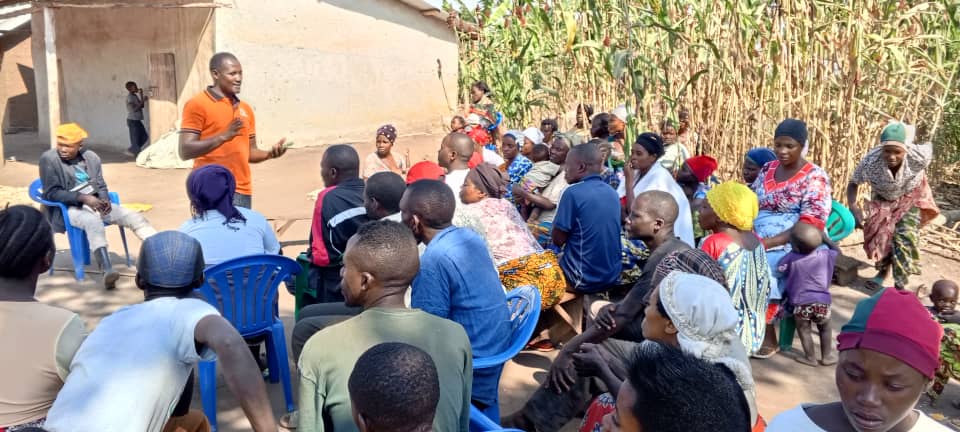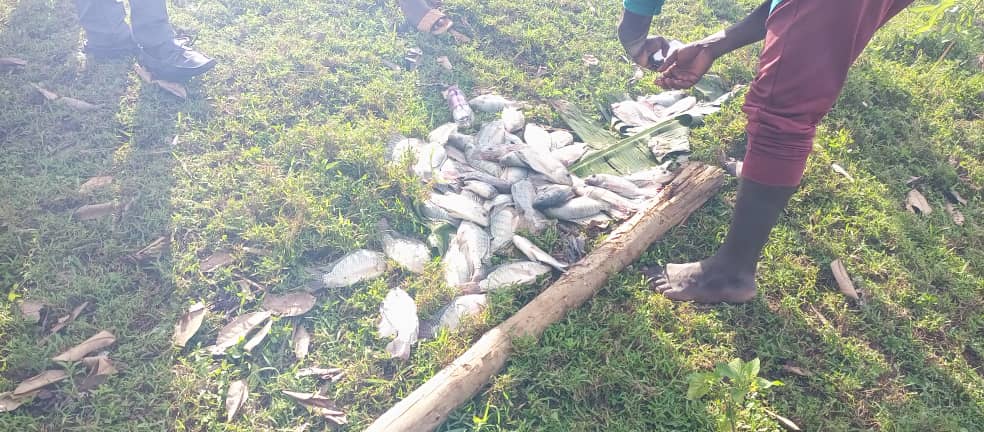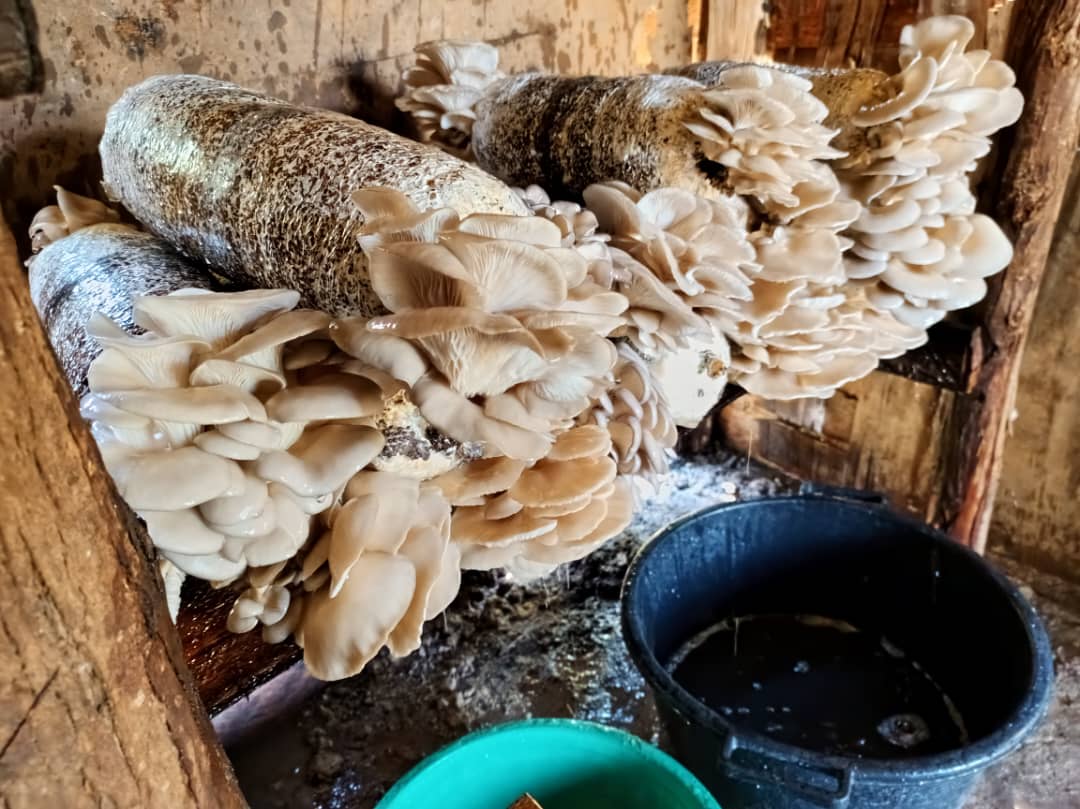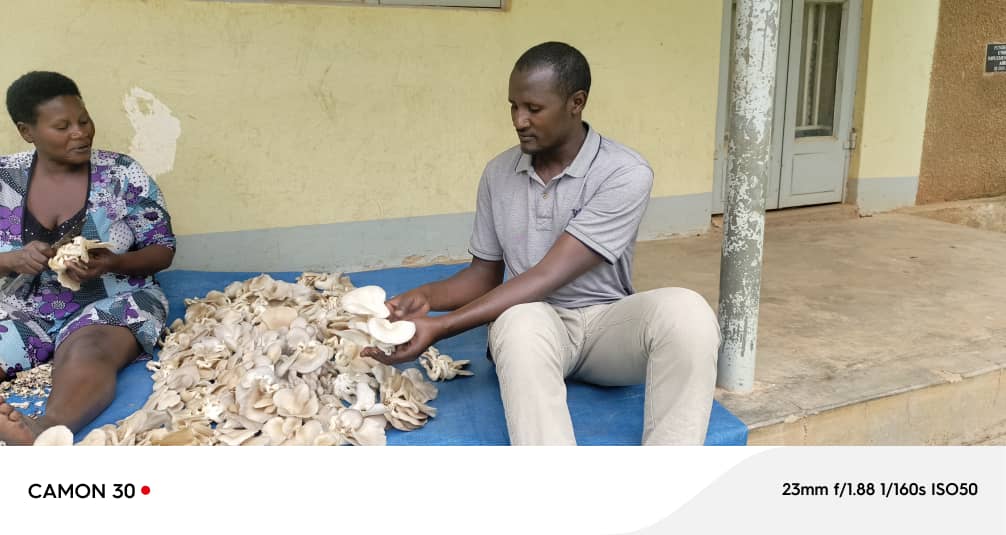Feed The Future Rwamwanja
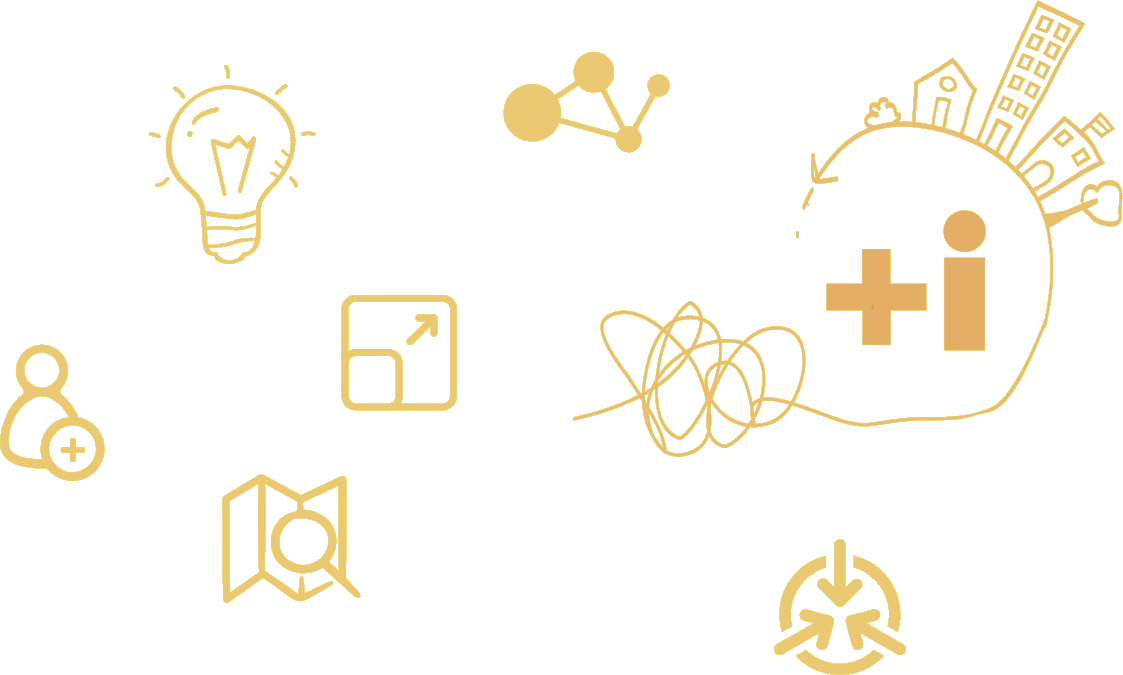
Municipality
Category / Sub-Category / Topic
Healthcare, Feeding
Type of investment needed
Grant
The challenge
The project
Know more...
Investment
(*): In kind/pro bonus
(**): Financing
Funds
Needed
Covered
Solicited
Investment
(*): In kind/pro bonus
(**): Financing
Supplies for the establishment of 2 fish ponds in available wetlands (*) (**)
u$s 17418.00
u$s 0.00
u$s 17418.00
Design & Printing of 20 manuals of fish farming training (*) (**)
u$s 263.40
u$s 0.00
u$s 263.40
Fish farming training supplies: 16 marker pens, 8 flipcharts (*) (**)
u$s 69.40
u$s 0.00
u$s 69.40
Food for 16 people for the fish farming training (*) (**)
u$s 253.00
u$s 0.00
u$s 253.00
4000kgs soyabean seeds for 200 farmers (*) (**)
u$s 5263.00
u$s 0.00
u$s 5263.00
Supplies for the expansion of the existing demonstration room for polybag mushroom farming: 30 iron sheets for roofing, 140 timbers, 1 window, 1 door, 20 construction poles (*) (**)
u$s 961.00
u$s 0.00
u$s 961.00
Startup kits for polybag mushroom: 60 kgs of mushroom seeds, 60bags of cotton husks, 500 polybags, horticulture seeds (50 tines of cabbage, 50 Tines of tomatose and 50 tines 0f carrots) (*) (**)
u$s 4436.00
u$s 0.00
u$s 4436.00
Nutrition training supplies: 20 Flip charts, 2 parkets of markers (*) (**)
u$s 173.50
u$s 0.00
u$s 173.50
Food for 203 people for the training of 200 mothers on nutrition (*) (**)
u$s 10256.00
u$s 0.00
u$s 10256.00
Office equipment: printer, 10 rims of printing paper, 1 cupboard, 10 files (*) (**)
u$s 1350.00
u$s 0.00
u$s 1350.00
Room Hire for fish farming training (*) (**)
u$s 78.90
u$s 0.00
u$s 78.90
Payment of 2 District fishery officer trainers pay (*) (**)
u$s 315.00
u$s 0.00
u$s 315.00
2 Demonstration Farm Attendants (1 for mushroom, 1 for vegetables) - 200 USD PP per month for 2 years (*) (**)
u$s 4800.00
u$s 0.00
u$s 4800.00
4 Pond Attendants (2 cleaners 2, maintainers of fish) - 200 USD PP per month for 2 years (*) (**)
u$s 4800.00
u$s 0.00
u$s 4800.00
3 Pond Security Workers - 200 USD PP per month for 2 years (*) (**)
u$s 4800.00
u$s 0.00
u$s 4800.00
Transport for 12 trainees (*) (**)
u$s 189.50
u$s 0.00
u$s 189.50
Miscellaneous (*) (**)
u$s 1000.00
u$s 0.00
u$s 1000.00
Funds
Needed
Covered
Solicited
Insumos para el establecimiento de 2 estanques de peces en humedales disponibles (*) (**)
u$s 17418.00
u$s 0.00
u$s 17418.00
Diseño e impresión de 20 manuales de capacitación en acuicultura (*) (**)
u$s 263.40
u$s 0.00
u$s 263.40
Suministros para capacitación en acuicultura: 16 marcadores, 8 pizarras (*) (**)
u$s 69.40
u$s 0.00
u$s 69.40
Comida para 16 personas para la capacitación en acuicultura (*) (**)
u$s 253.00
u$s 0.00
u$s 253.00
4,000 kg de semillas de soja para 200 agricultores (*) (**)
u$s 5263.00
u$s 0.00
u$s 5263.00
Suministros para la expansión de la sala de demostración existente para el cultivo de setas en bolsas de polietileno: 30 chapas de hierro para techado, 140 maderas, 1 ventana, 1 puerta, 20 postes de construcción (*) (**)
u$s 961.00
u$s 0.00
u$s 961.00
Kits de inicio para setas en bolsas de polietileno: 60 kg de semillas de setas, 60 bolsas de cáscaras de algodón, 500 bolsas de polietileno, semillas de horticultura (50 bolsas de repollo, 50 bolsas de tomate y 50 bolsas de zanahorias) (*) (**)
u$s 4436.00
u$s 0.00
u$s 4436.00
Suministros para capacitación en nutrición: 20 pizarras, 2 paquetes de marcadores (*) (**)
u$s 173.50
u$s 0.00
u$s 173.50
Comida para 203 personas para la capacitación de 200 madres sobre nutrición (*) (**)
u$s 10256.00
u$s 0.00
u$s 10256.00
Equipos de oficina: impresora, 10 resmas de papel para impresión, 1 armario, 10 archivos (*) (**)
u$s 1350.00
u$s 0.00
u$s 1350.00
Funds
Needed
Covered
Solicited
Alquiler de sala para capacitación en acuicultura (*) (**)
u$s 78.90
u$s 0.00
u$s 78.90
Pago de 2 instructores de pesca del distrito (*) (**)
u$s 315.00
u$s 0.00
u$s 315.00
Funds
Needed
Covered
Solicited
2 Asistentes de granja de demostración (1 para setas, 1 para vegetales) - 200 USD cada uno por mes durante 2 años (*) (**)
u$s 4800.00
u$s 0.00
u$s 4800.00
4 Asistentes de estanque (2 limpiadores, 2 encargados del mantenimiento de peces) - 200 USD cada uno por mes durante 2 años (*) (**)
u$s 4800.00
u$s 0.00
u$s 4800.00
3 Trabajadores de seguridad de estanques - 200 USD cada uno por mes durante 2 años (*) (**)
u$s 4800.00
u$s 0.00
u$s 4800.00
Funds
Needed
Covered
Solicited
Transporte para 12 participantes (*) (**)
u$s 189.50
u$s 0.00
u$s 189.50
Misceláneos (*) (**)
u$s 1000.00
u$s 0.00
u$s 1000.00

-677eaee54571c2.54923134.jpeg)
